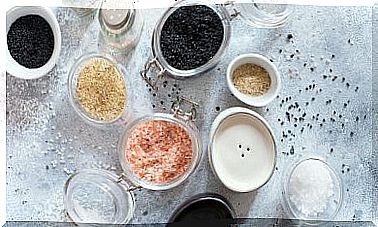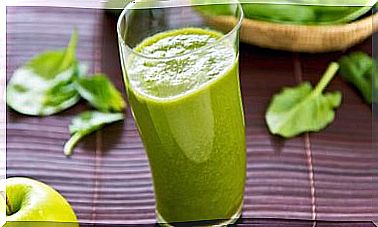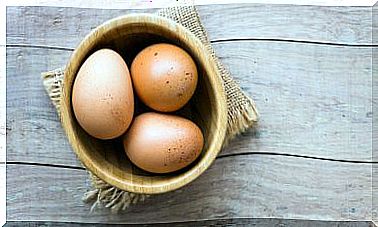How To Obtain Vitamin C Without Consuming Oranges
Although oranges and other citrus fruits are the best known foods for obtaining vitamin C, there are others that can provide us with even more of this nutrient
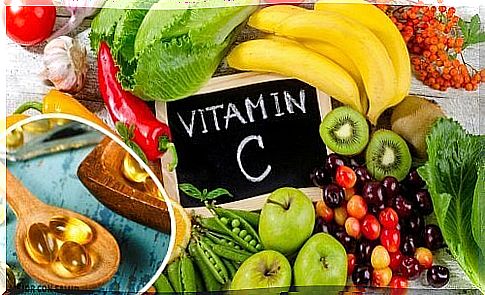
When we think of vitamin C, the image of an orange automatically comes to mind. However, this citrus fruit is not the only source that provides us with this wonderful nutrient.
Would you like to know how else to get it? In this article we will tell you about it.
What is and what is vitamin C for?
It is a compound necessary to synthesize collagen, contribute to the proper functioning of the immune system and improve the health of red blood cells.
In addition, vitamin C is important in the process that metabolizes iron, in the biosynthesis of carnitine and in the transformation of dopamine into norepinephrine.
In turn, it is an antioxidant that benefits the brain and different organs, by counteracting the harmful effects of free radicals.
- The recommended daily intake of vitamin C is 90 mg for men and 75 mg for women.
- In the case of smokers, they need to increase the dose to 110 mg daily since nicotine reduces the capacity of this nutrient in the body.
If we add less than 10 mg of this vitamin we can suffer scurvy and if we exceed it (more than 500 mg per day) suffer kidney stones from oxalate.
Foods that provide a lot of Vitamin C
A medium orange provides approximately 50 mg. This figure may seem great for our daily needs for Vitamin C (with an orange and a half or two we would already be completing the required dose). However, there are other foods that offer us even more of this nutrient:
1. Kakadu
It is a fruit of Australian origin that you may not find so easily in the market, but you can find it in stores that sell exotic products. Just 100 grams of kakadu provides no less than 5000 mg of vitamin C, 100 times more than an orange.
It is plum-shaped, but green in color, and resembles almonds because it remains ripe inside the plant. It is anti-inflammatory, antioxidant, beneficial for the skin (used in many beauty products), and antibacterial.
2. Acerola

It has 1000 mg of vitamin C per 100 grams (20 times more than our friend the orange) and, despite its small size similar to that of the cherry, it provides many nutrients.
- It is achieved during the fall, its consumption season.
- Acerola reproduces in places with a tropical or subtropical climate and, although it is wild, it is used in various recipes in Central America (for example, in the Antilles or Puerto Rico).
- Rounded in shape and reddish orange in color, it has a slightly acid taste.
- It is low in protein, but rich in water.
3. Camu camu
This reddish fruit with a slightly acidic flavor from the Peruvian Amazon provides 800 mg of Vitamin C. It helps in the formation of collagen, a nutrient responsible for the formation of bones, blood vessels and skin.
In turn, camu camu stimulates the body’s natural defenses and intervenes in the absorption of iron. As if that were not enough, it is a powerful antioxidant that reduces the damaging effects of free radicals and purifies the liver (eliminates toxins and fats accumulated in this organ).
4. Guava
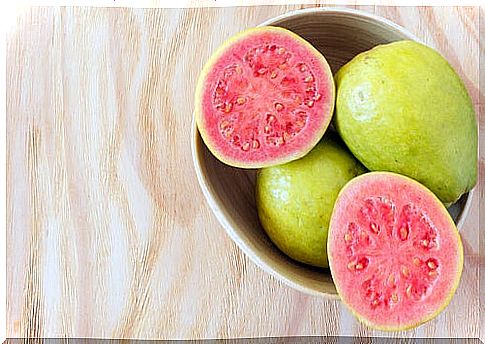
With 100 grams of this tropical fruit we will give the body 228 mg of vitamin C. With antiseptic and astringent properties, guava can from curing a toothache to improving iron absorption.
In addition, “goiaba” (as it is known in its country of origin, Brazil) has the ability to exterminate fungi and bacteria in the body.
This delicious fruit provides a considerable amount of folic acid or vitamin B, very necessary during pregnancy.
4. Black currant
It offers 200 mg of Vitamin C for every 100 grams.
- This small, dark berry is of Euro-Asian origin and grows wild in forests.
- During the Second World War it was cultivated by the British Government as it did not have other fruits that could prevent various diseases (including scurvy).
- Black currants are rich in flavonoids, and therefore they are diuretic and anti-inflammatory (they treat arthritis, gout and fluid retention).
- They also improve blood circulation. They are recommended in people with arteriosclerosis, phlebitis, varicose veins or hemorrhoids.
5. Red pepper
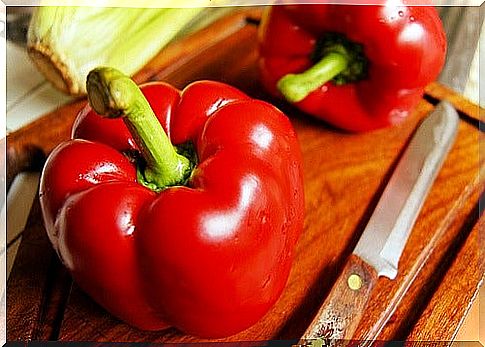
A 100-gram serving of this food provides 190 mg of vitamin C. Thus, it is a powerful antioxidant and helps in the proper absorption of iron.
- In addition, it contains other nutrients such as vitamin B6 and magnesium (used to reduce anxiety and premenstrual syndrome).
- By providing antioxidants and lycopene, red pepper increases metabolic rates (ideal when we want to lose weight) and eliminates free radicals.
- It also prevents eye diseases, strengthens the immune system and is an effective anticancer.
6. Parsley
With 160 mg of vitamin C per 100 grams, this aromatic herb widely used in our dishes cannot go unnoticed.
- It has diuretic properties and therefore is recommended for people with fluid retention or kidney problems.
- Parsley controls hypertension, is a powerful antioxidant and helps purify vital organs.
- Provides calcium, iron and phosphorus, aids in digestion and reduces intermittent fevers.
- In addition, it strengthens the immune system.
If you don’t like oranges, you no longer have excuses not to benefit from the benefits of vitamin C. Incorporate some of these foods and take advantage of their components.





